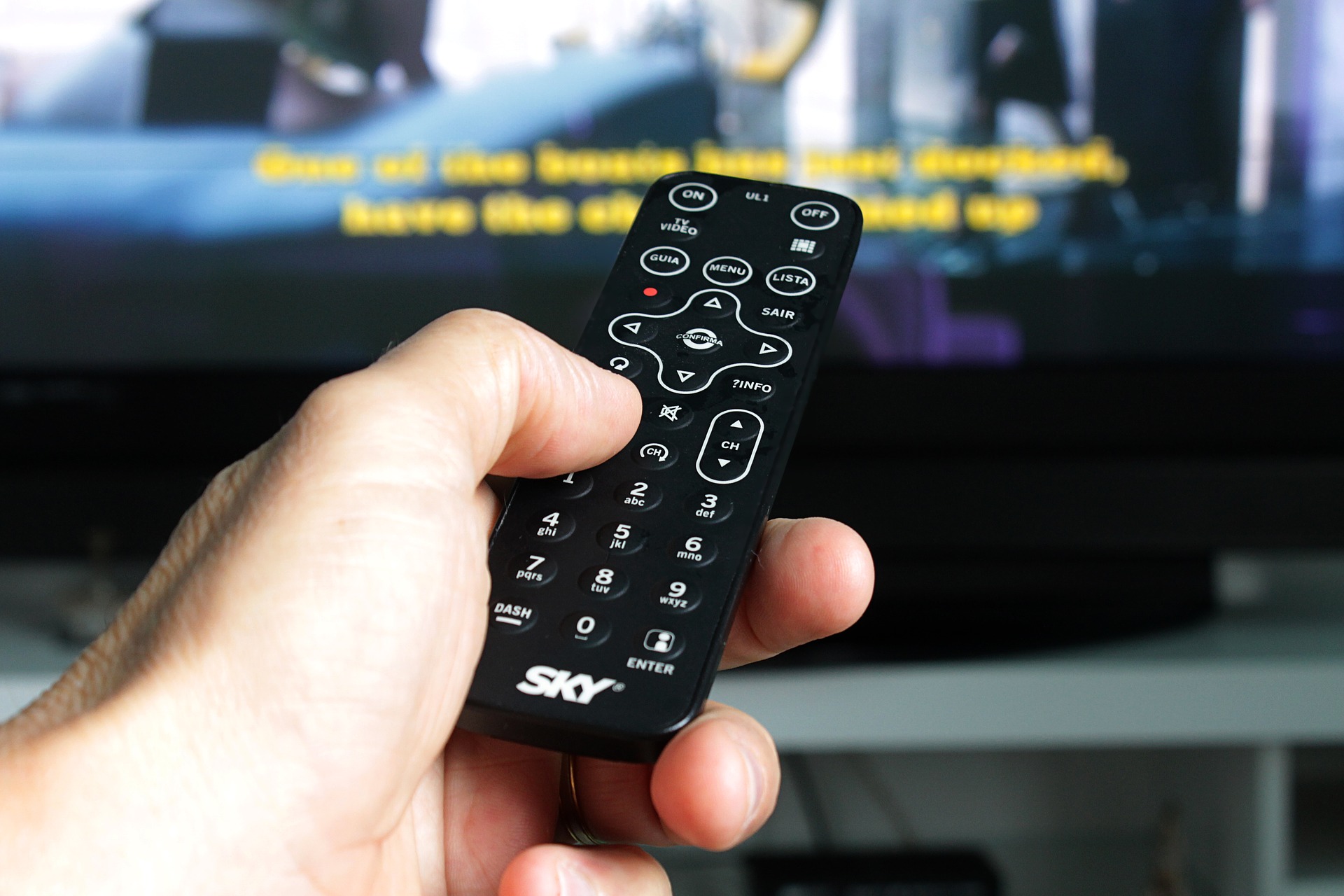
Vocabulary:
- charity /CHAR-i-tee/
- arduous /AHR-joo-uhs/
- norm /NAWRM/
- advocate /AD-vuh-keyt/
- integral /IN-ti-gruhl/
[noun] – an organization whose purpose is to give money, food, or help to those who need it, or to carry out activities such as medical research that will help people in need, and not to make a profit
We are donating some of our old clothes to charity.
[adjective] – difficult, needing a lot of effort and energy
Alice finds solving math problems to be arduous.
[noun] – an accepted standard or a way of behaving or doing things that most people agree with
Leaving a tip for the waiter is a social norm in the US.
[verb] – to publicly support or suggest an idea, development, or way of doing something
Lina advocates for child nutrition programs.
[adjective] – necessary and important as a part of a whole
Literature is an integral part of a writer’s life.
Article reading:
“I think there’s far more acceptance of subtitles by young people because it’s the norm, whereas with an older age group, it isn’t necessarily the norm,” said Stagetext’s chief executive Melanie Shape, 60. Shape says that she has to be in the mood and needs an extra level of concentration to read subtitles. Moreover, the study found that younger people were more likely to say captions helped them understand what was going on, whereas more older people said they were distracting. “I think young people can take in far more information quickly because they’re used to it,” Shape added. Stagetext is advocating for venues to continue to provide online performances with subtitles and for more live shows to use captions. Nowadays, more and more young directors and designers are producing plays with captions built into the sets as “an integral part of the artistic vision of a piece.”
Discussion Questions:
- When was the last time you watched a movie from your country? Did you watch it with subtitles?
- Have you watched a foreign film without subtitles? If yes, how was the experience?
- If you were a member of a charity, what idea would you suggest to help people with hearing disabilities have a better viewing experience?
- Which is better, dubbing or subtitles?
- In your opinion, what is the importance of subtitles to people?
Summarization
Describe:
- study
- individual
- tool
- mood
- artistic